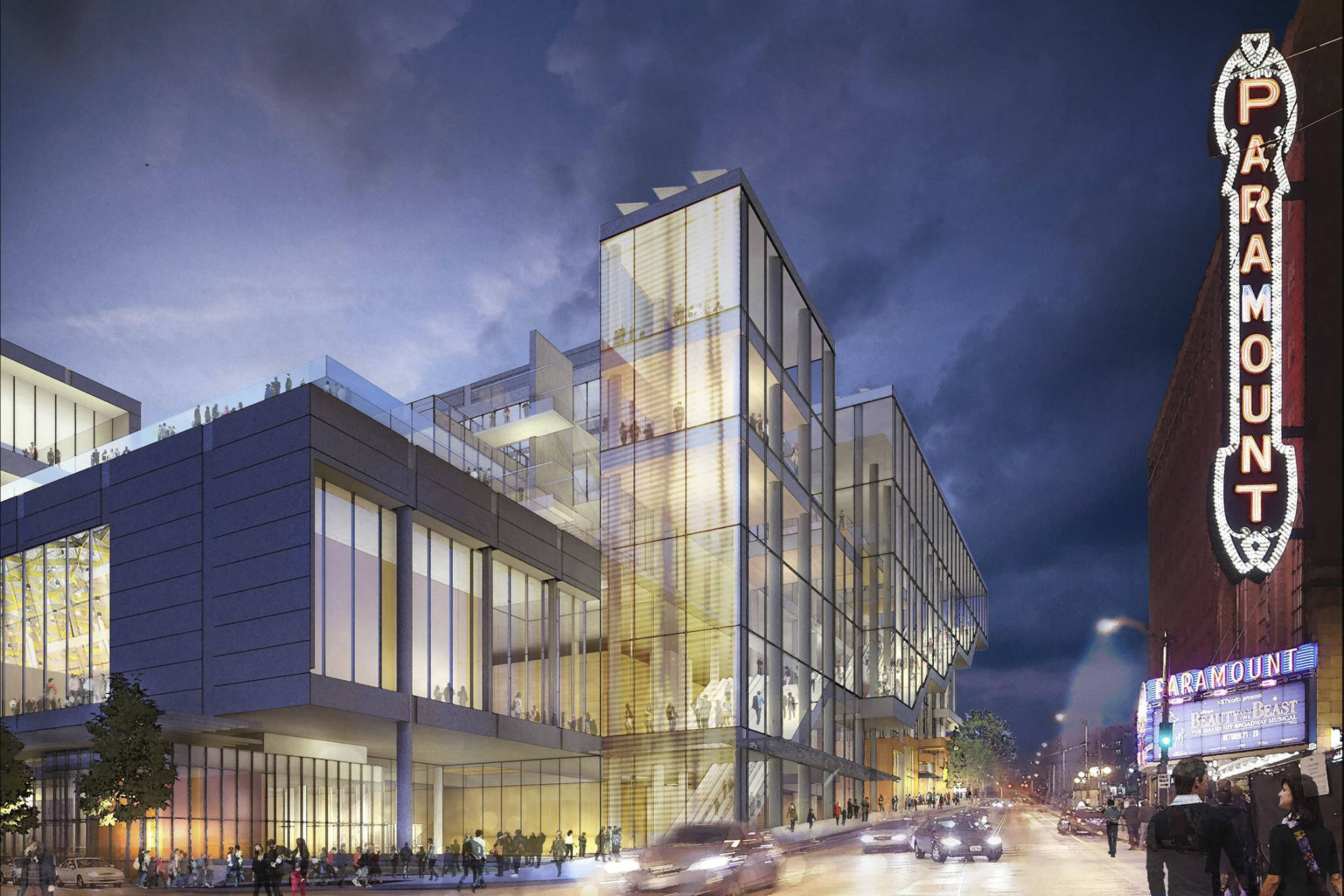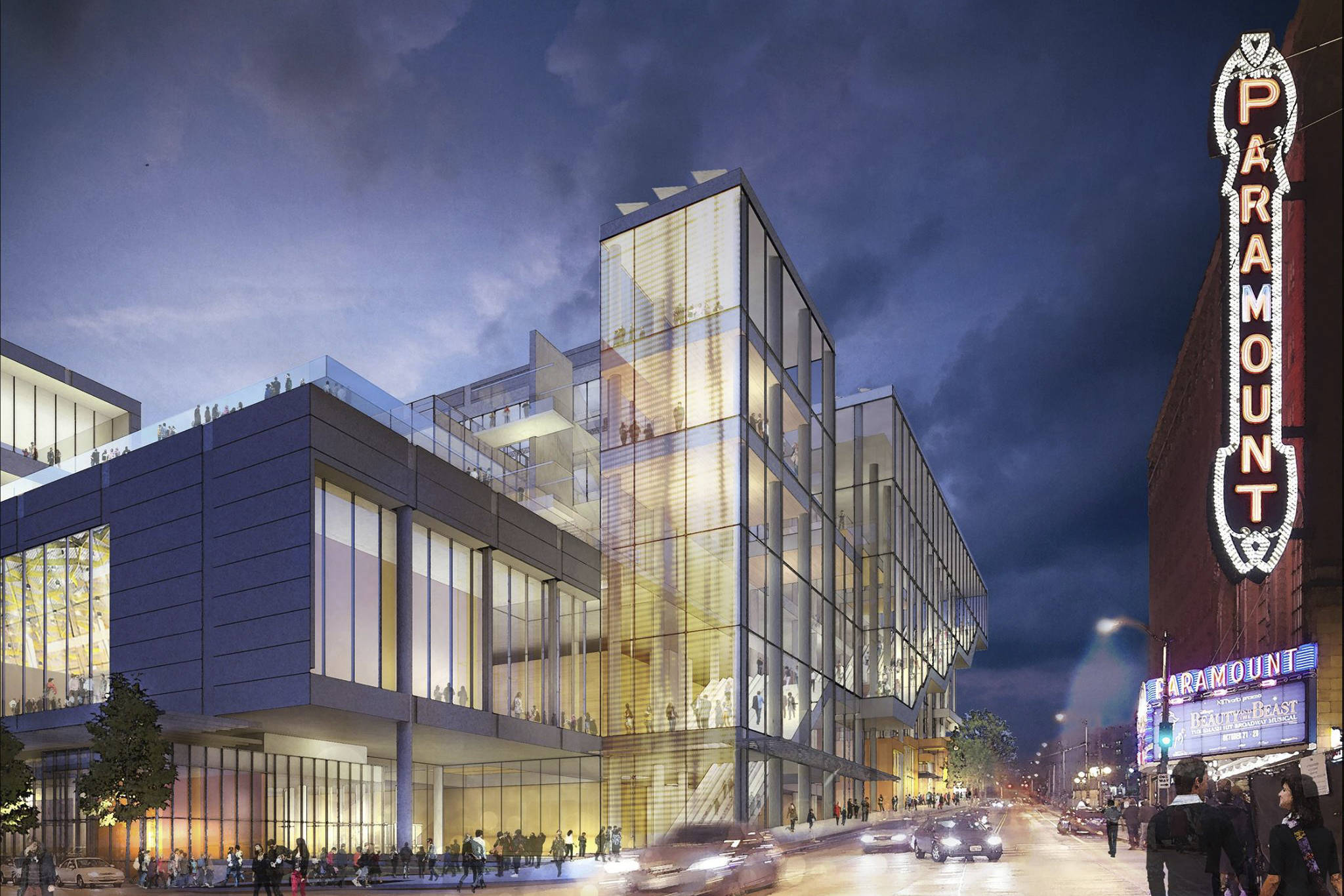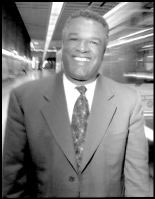Stone-cold losers don’t raise $1 million in 60 days.
Many people have already written off Referendum 51 (R-51), the $7.7 billion gas tax increase on November’s ballot that would fund transportation projects around the state. But last week’s release of R-51’s latest campaign contribution figures is just one of the reasons it’s too early to pronounce the measure dead.
Conventional wisdom says R-51 is going down: Voters in Eastern Washington and rural areas resent the goodies that Puget Sound already has, so they won’t support it. Moreover, the Tim Eyman-led tax revolt remains strong, and Eyman’s latest tax-limiting measure, Initiative 776, will be on the ballot alongside R-51. Finally, twin active, viable opposition campaigns to R-51— an environmentalist-led revolt from the left (see “Green Warriors,” July 11) and an anti-tax rebellion from the right headed up by conservative talk show hosts John Carlson and Kirby Wilbur—will drive down R-51’s numbers in urban and suburban Puget Sound.
But let me tell you a little story about Referendum 48. Once upon a time there was a man who wanted a new football stadium. Although he was one of the richest men in the world, he felt the taxpayers should buy him one. He had little trouble convincing their rulers of the wisdom of holding a special statewide election to grant his wish for around $300 million worth of subsidies. The people balked—at first.
In 1997, when Paul Allen began his quest to fund the new Seahawks stadium, the campaign’s polling showed voter approval only in the “low 30s,” according to Bob Gogerty, the campaign’s chief political adviser. By spending $6.2 million, the largest amount on a campaign in state history, Gogerty used smart TV ads to change people’s minds. In the end, the stadium won by capturing a narrow majority, 51 percent, and a plurality in only seven of the state’s 35 counties—six of those being populous ones around Puget Sound.
So with enough money, a smart enough campaign team, and something that really matters—like a new football stadium for a billionaire—you can win.
Will R-51 have all that?
“They are going to have $5 million to $6 million,” predicts opponent Bret Bader. In June, R-51 raised $490,339, including $100,000 from Bill Gates, $100,000 from Boeing, $50,000 from the Master Builders, and $50,000 from the Seattle Mariners. Add in the $434,488 R-51 raised in May, and the campaign’s two-month total is nearly $1 million.
“They are getting big checks from big business,” says referendum opponent and environmentalist Aaron Ostrom. R-51’s fund-raising “went from a trickle to a roar in relatively short order.” Earlier in the year, Ostrom, who is executive director of 1000 Friends of Washington, was inclined to let R-51 collapse under its own weight rather than take the political heat for opposing it. The campaign’s fund-raising success is one of the elements that changed his mind. He now says, “I think they could pass it.”
How about the smart folks to run the campaign?
R-51 supporters have hired a California firm, Woodward and McDowell, to promote R-51. Although the firm has never before worked in Washington state, it specializes in ballot measures and has experience with transportation-related measures. “They are the hot firm in California,” says Gogerty.
Consultant Cathy Allen goes even further. “They are the best in California, and that is the best in the world. They have a demonstrated list of mission impossibles that they have won.”
The reason for people to vote “Yes” is also in place.
While Eastern Washington and rural areas may not see the need for R-51, the six counties that provided the margin of victory for the football stadium—King, Snohomish, Pierce, Kitsap, Island, and Thurston—all have very real transportation problems. Ted Green, who is project lead on the campaign for Woodward and McDowell, says, “Washingtonians know that traffic congestion has to be addressed. In a lot of campaigns, you have to spend a lot of resources convincing people there is a problem. We can skip that.”
Green does acknowledge the campaign has to convince people that R-51 will actually solve their problems and demonstrate “how it’s going to improve transportation throughout the state neighborhood by neighborhood.”
Look for R-51 to fight an air war (lots of TV ads) and a ground war (identifying its supporters and making sure they vote). The summer and fall will be a series of skirmishes preparing for the final battle. It’s too early to say who will win.









